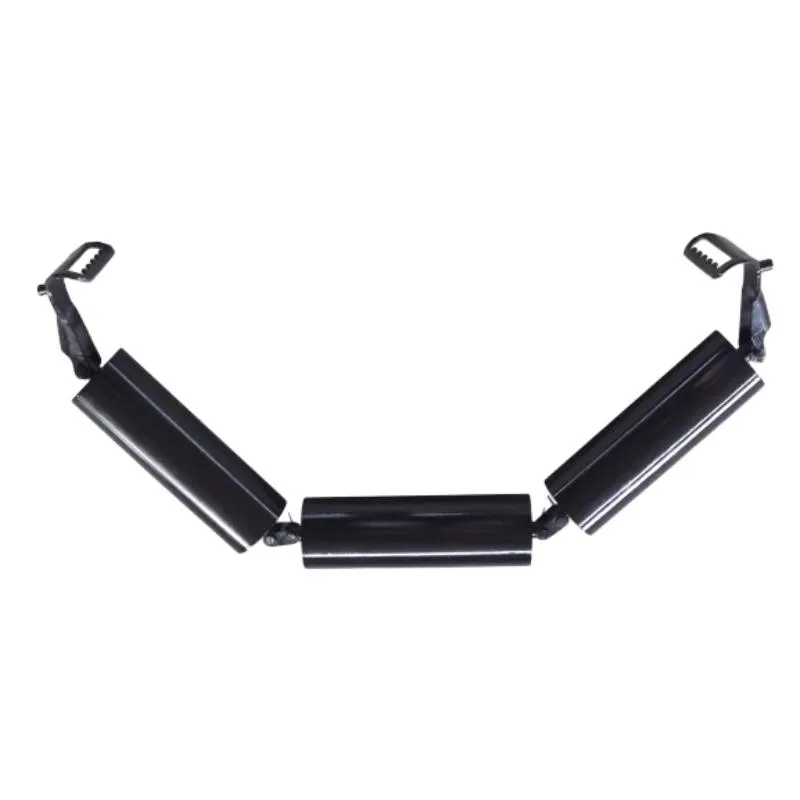 Afrikaans
Afrikaans  Albanian
Albanian  Amharic
Amharic  Arabic
Arabic  Armenian
Armenian  Azerbaijani
Azerbaijani  Basque
Basque  Belarusian
Belarusian  Bengali
Bengali  Bosnian
Bosnian  Bulgarian
Bulgarian  Catalan
Catalan  Cebuano
Cebuano  Corsican
Corsican  Croatian
Croatian  Czech
Czech  Danish
Danish  Dutch
Dutch  English
English  Esperanto
Esperanto  Estonian
Estonian  Finnish
Finnish  French
French  Frisian
Frisian  Galician
Galician  Georgian
Georgian  German
German  Greek
Greek  Gujarati
Gujarati  Haitian Creole
Haitian Creole  hausa
hausa  hawaiian
hawaiian  Hebrew
Hebrew  Hindi
Hindi  Miao
Miao  Hungarian
Hungarian  Icelandic
Icelandic  igbo
igbo  Indonesian
Indonesian  irish
irish  Italian
Italian  Japanese
Japanese  Javanese
Javanese  Kannada
Kannada  kazakh
kazakh  Khmer
Khmer  Rwandese
Rwandese  Korean
Korean  Kurdish
Kurdish  Kyrgyz
Kyrgyz  Lao
Lao  Latin
Latin  Latvian
Latvian  Lithuanian
Lithuanian  Luxembourgish
Luxembourgish  Macedonian
Macedonian  Malgashi
Malgashi  Malay
Malay  Malayalam
Malayalam  Maltese
Maltese  Maori
Maori  Marathi
Marathi  Mongolian
Mongolian  Myanmar
Myanmar  Nepali
Nepali  Norwegian
Norwegian  Norwegian
Norwegian  Occitan
Occitan  Pashto
Pashto  Persian
Persian  Polish
Polish  Portuguese
Portuguese  Punjabi
Punjabi  Romanian
Romanian  Russian
Russian  Samoan
Samoan  Scottish Gaelic
Scottish Gaelic  Serbian
Serbian  Sesotho
Sesotho  Shona
Shona  Sindhi
Sindhi  Sinhala
Sinhala  Slovak
Slovak  Slovenian
Slovenian  Somali
Somali  Spanish
Spanish  Sundanese
Sundanese  Swahili
Swahili  Swedish
Swedish  Tagalog
Tagalog  Tajik
Tajik  Tamil
Tamil  Tatar
Tatar  Telugu
Telugu  Thai
Thai  Turkish
Turkish  Turkmen
Turkmen  Ukrainian
Ukrainian  Urdu
Urdu  Uighur
Uighur  Uzbek
Uzbek  Vietnamese
Vietnamese  Welsh
Welsh  Bantu
Bantu  Yiddish
Yiddish  Yoruba
Yoruba  Zulu
Zulu Idler Roller System Assembly for Enhanced Machinery Efficiency
Understanding the Idler Roller Assembly Its Importance and Functionality
The idler roller assembly is a vital component in various machinery and equipment, particularly in conveyor systems, manufacturing lines, and heavy machinery. Its primary purpose is to support and guide the movement of materials or machinery parts while ensuring smooth and efficient operation. This article delves into the specifics of the idler roller assembly, exploring its design, functionality, applications, and maintenance.
What is an Idler Roller Assembly?
An idler roller assembly typically comprises one or more rollers mounted on a frame that does not provide any driving force, unlike powered rollers. The assembly is designed to support a conveyor belt or another medium, allowing material to be transported across various distances. The rollers reduce friction between the belt and the frame, facilitating smoother movement and enhancing the overall efficiency of the system.
Key Components of the Idler Roller Assembly
1. Rollers The heart of the idler roller assembly, these cylindrical components are usually made from materials such as steel, plastic, or rubber, depending on the application. The size and diameter of the rollers can also vary, with larger diameters often used for heavier loads.
2. Frame The frame serves as the structural support for the rollers. It can be designed to accommodate different configurations and support varying loads. The frame is often made from robust materials to withstand the rigors of industrial applications.
3. Bearings To ensure that the rollers turn smoothly, high-quality bearings are incorporated into the design. These bearings reduce friction between the roller and the axle, which in turn prolongs the lifespan of the assembly and enhances its operational efficiency.
4. Mounting Brackets These are used to attach the idler roller assembly to the main framework of the conveyor or machinery. Proper mounting is critical to ensure stability and alignment during operation.
Functionality
The idler roller assembly serves several essential functions
- Support and Guidance It provides support to the conveyor belt or material being transported. This support helps maintain the correct alignment and tension, preventing material from slipping off the edges.
idler roller assembly

- Friction Reduction The smooth rotation of the rollers minimizes friction between the conveyor belt and the underlying structure, which reduces wear and tear and maximizes energy efficiency.
- Load Distribution The rollers aid in distributing the weight of the transported materials evenly, which is crucial for preventing damage to both the materials and the conveyor system itself.
Applications
The idler roller assembly finds application across multiple industries, including
- Mining and Aggregate Conveyors are often used in these sectors to transport heavy materials over long distances, where idler roller assemblies help maintain efficiency and reduce the risk of breakdowns.
- Manufacturing In assembly lines, idler roller assemblies guide products as they move through various stages of production, ensuring timely and organized workflows.
- Logistics and Warehousing Automated systems in warehouses often rely on conveyor systems equipped with idler roller assemblies to move packages swiftly and reliably.
Maintenance Considerations
To ensure optimal performance and longevity of the idler roller assembly, regular maintenance is critical. Operators should periodically inspect the rollers for wear and tear, ensure that bearings are lubricated, and check for any misalignment in the assembly. Any damaged components should be replaced promptly to prevent further issues that could disrupt operations.
Conclusion
The idler roller assembly plays an indispensable role in the smooth operation of conveyor systems and various machinery across industries. By understanding its components, functions, and applications, operators can maximize efficiency and minimize potential problems in their systems. Regular maintenance and attention to detail will ensure that these assemblies continue to perform optimally, supporting the demands of modern industrial operations. As technology advances, the design and functionality of idler roller assemblies will likely evolve, further enhancing their importance in efficient material handling.
-
Revolutionizing Conveyor Reliability with Advanced Rubber Lagging PulleysNewsJul.22,2025
-
Powering Precision and Durability with Expert Manufacturers of Conveyor ComponentsNewsJul.22,2025
-
Optimizing Conveyor Systems with Advanced Conveyor AccessoriesNewsJul.22,2025
-
Maximize Conveyor Efficiency with Quality Conveyor Idler PulleysNewsJul.22,2025
-
Future-Proof Your Conveyor System with High-Performance Polyurethane RollerNewsJul.22,2025
-
Driving Efficiency Forward with Quality Idlers and RollersNewsJul.22,2025





























